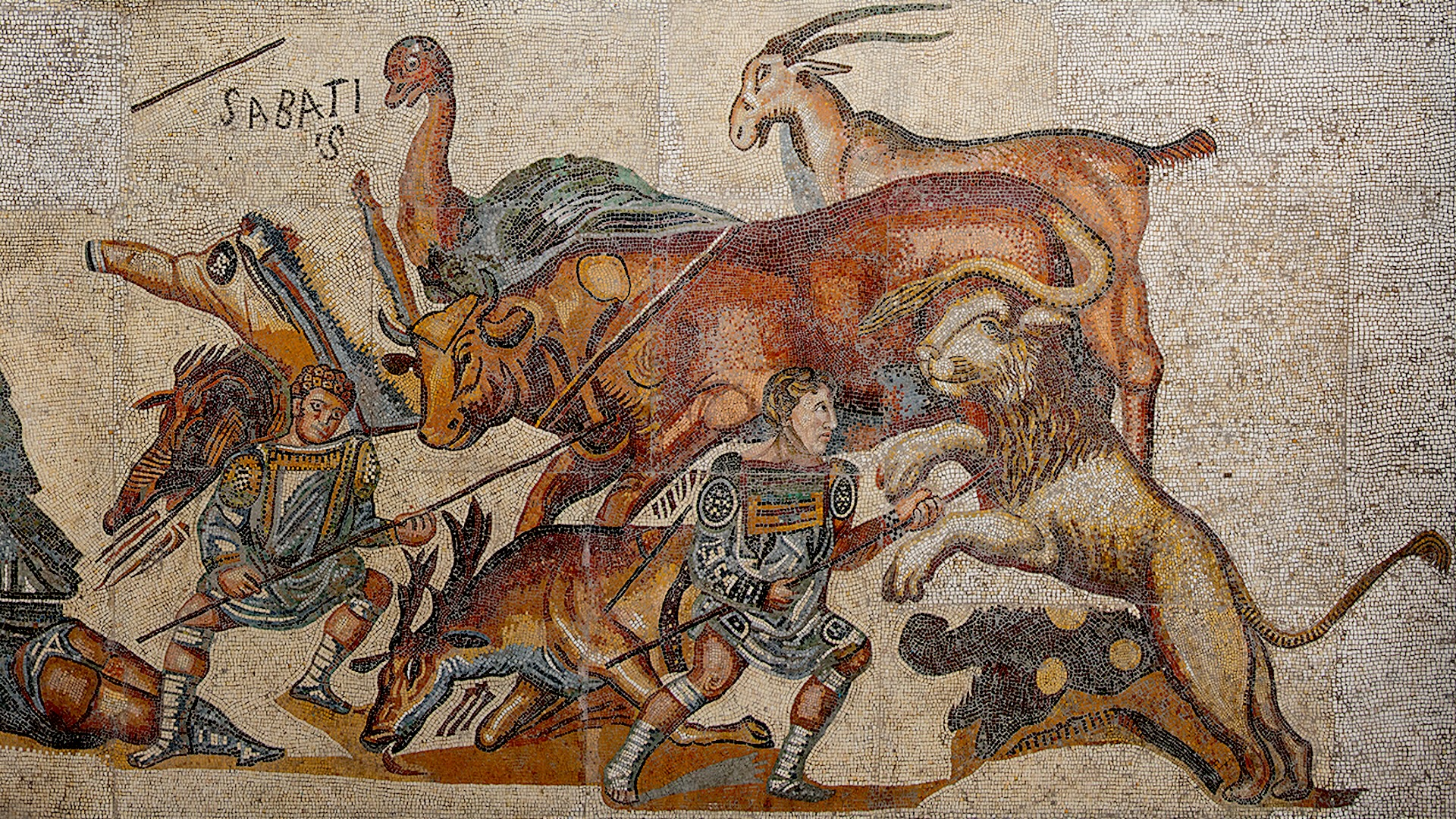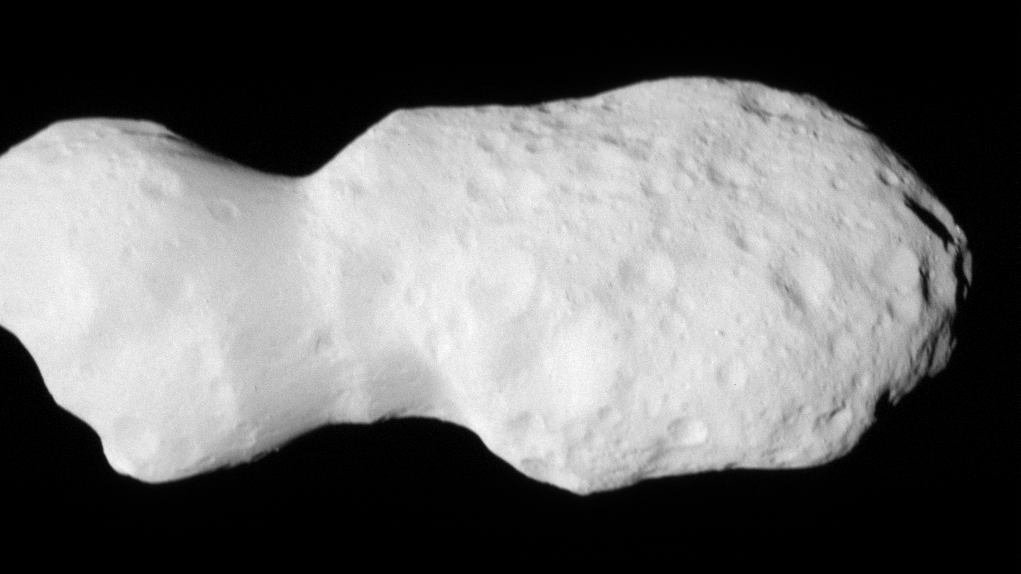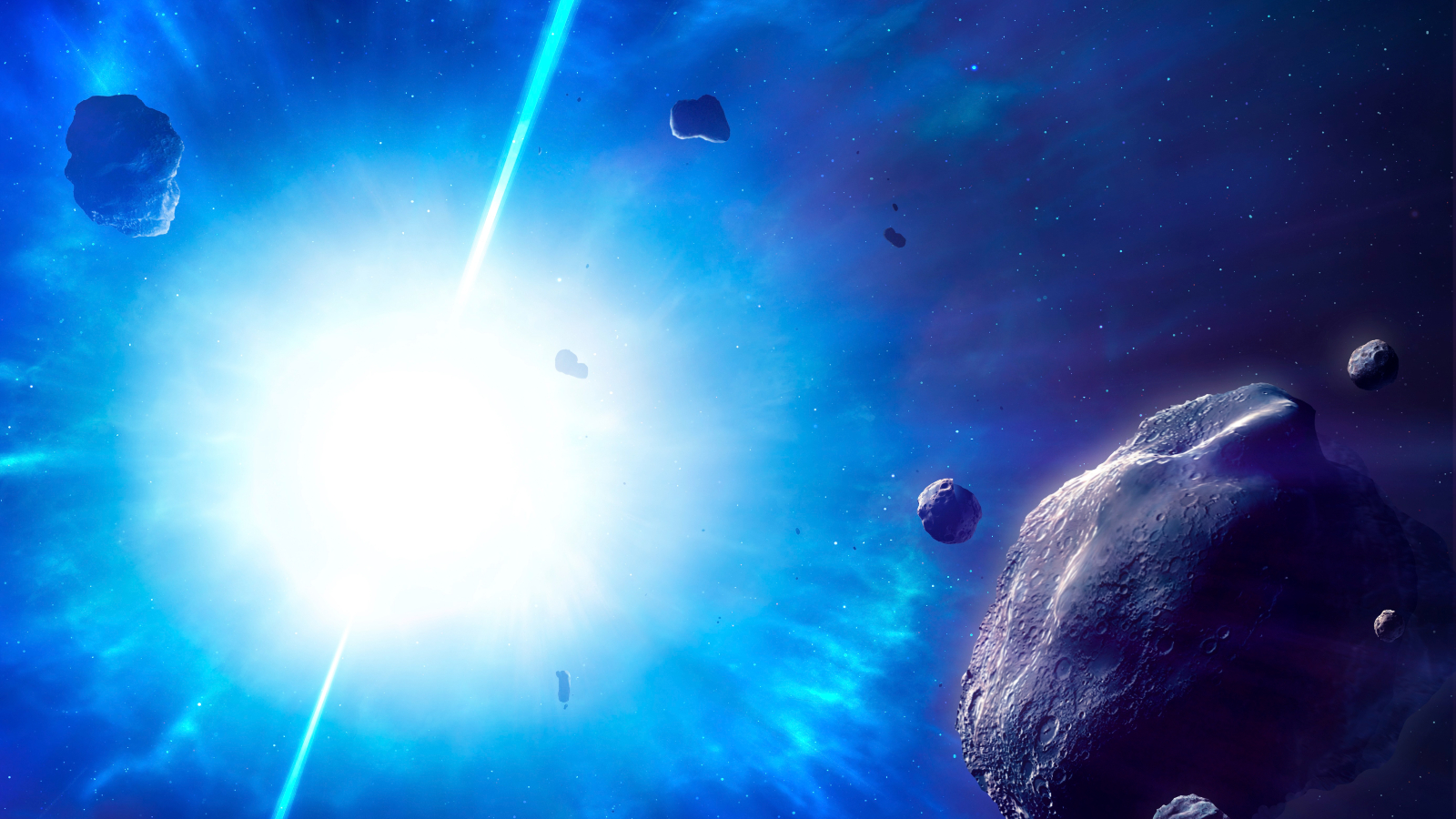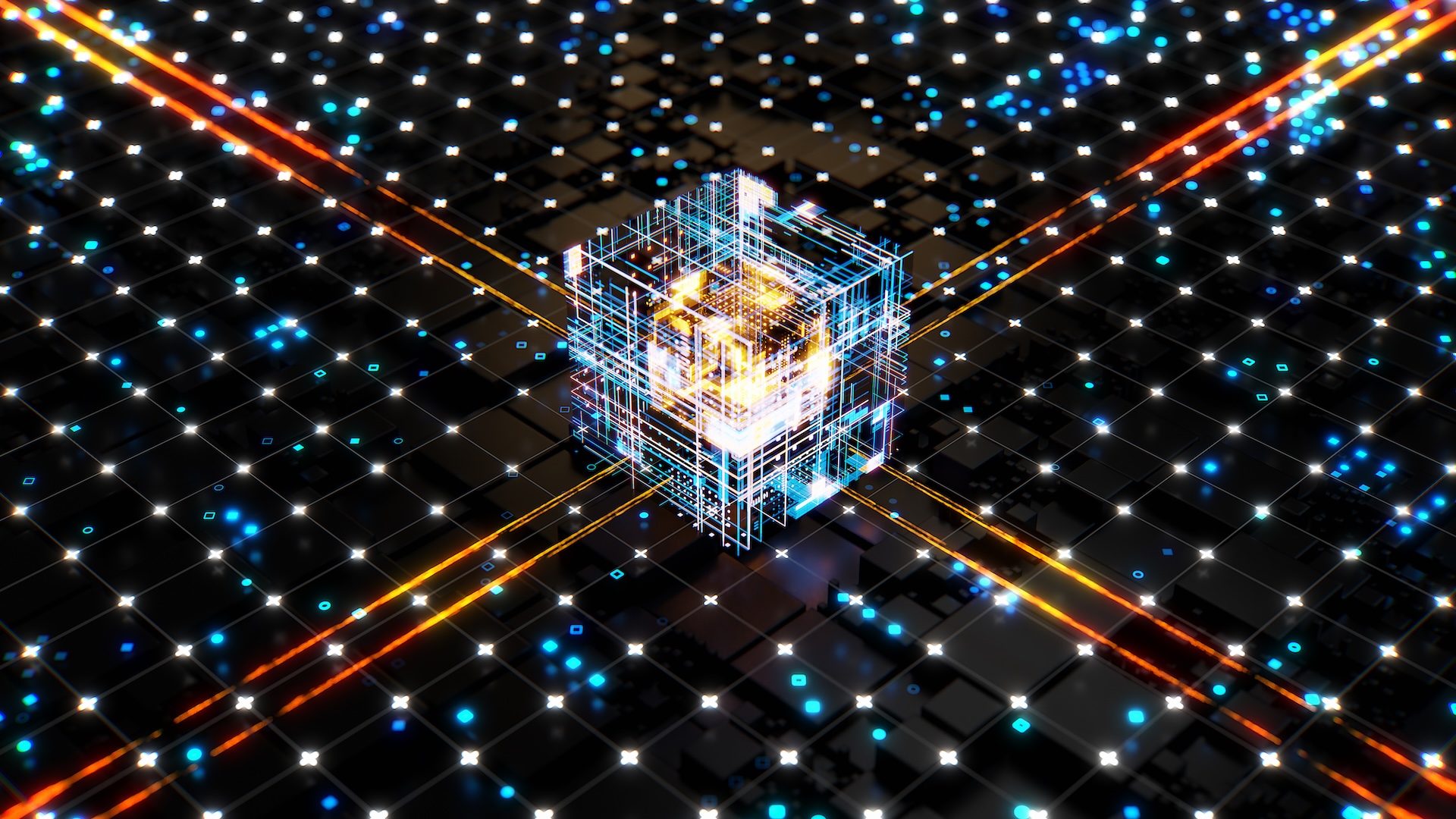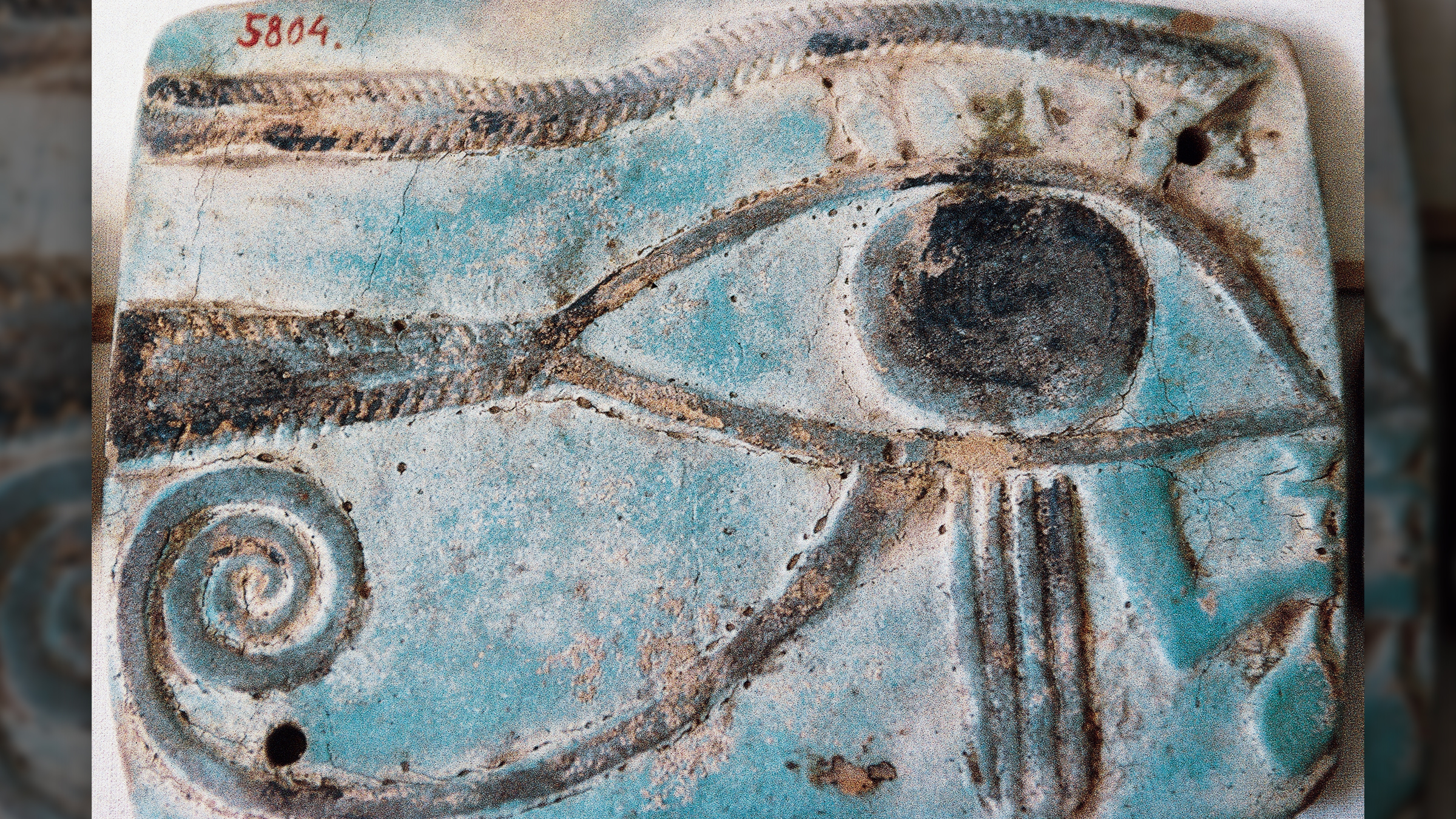Rare gold 'Brutus' coin minted after Julius Caesar's murder is up for auction
An extremely rare gold coin featuring Brutus, who helped spearhead Julius Caesar's assassination, is up for auction in December.

A rare coin minted by Marcus Junius Brutus after he helped assassinate Julius Caesar will go to auction next week. The gold coin — one of only 17 of its kind known to exist — dates to 43 or 42 B.C. and depicts Brutus on the front and a trophy celebrating a naval victory on the back.
On the Ides of March in 44 B.C., Brutus and co-conspirator Gaius Cassius Longinus led dozens of men to a meeting of the Roman Senate. Their plan was to murder Caesar, as they thought his growing power threatened the Roman Republic. Caesar was stabbed 23 times, and as he lay dying, he famously chastised his close friend Brutus for his role in the plot. (Although Caesar spoke to Brutus in Greek, this interaction was later dramatized by William Shakespeare with the Latin phrase "Et tu, Brute?" which translates to "Even you, Brutus?")
Although many senators and other Roman leaders participated in Caesar's assassination, the Roman people were outraged by the news. Within months, Brutus and Cassius went into exile, attempting to take over the eastern provinces, while Caesar's allies stayed in Rome.
To pay his soldiers, Brutus minted coins such as the silver denarius, which was worth about a day's pay, and the gold aureus, which was equivalent to 25 denarii, or roughly a month's pay.
The disagreements between the conspirators and allies eventually forced a civil war that lasted from 43 to 42 B.C., ending when Caesar's allies defeated Brutus and Cassius at the Battle of Philippi in Greece.
Related: Which is rarer: Gold or diamonds?
The rare gold coin going up for auction is an aureus that was struck before the Battle of Philippi and has a portrait of Brutus on the front.
Sign up for the Live Science daily newsletter now
Get the world’s most fascinating discoveries delivered straight to your inbox.
"The title BRVTVS IMP(erator) on the obverse refers to the military victory over the Thracian tribe of the Bessi, who opposed Brutus's control of the area in 43 BCE," Lucia Carbone, the Andrew M. Burnett Associate Curator of Roman Coins at the American Numismatic Society, told Live Science in an email.
The back of the coin includes two conjoined ships' prows (the forward-most part of the bow), which represent Brutus' and Cassius' naval victories in 42 B.C., Carbone said. Somewhat ironically, "the victories celebrated on this aureus were the direct cause of their final defeat in Philippi," she said, because they were stretched thin by fighting on two fronts. In addition, the back references Publius Servilius Casca Longus, one of the co-conspirators and possibly the first person to stab Caesar.
One reason this coin is so rare is that only six stamp dies — two for the front and four for the back — were used to create the design, which was issued for a very short time. The coin also comes from a large and important collection of Roman coins owned by the early 20th-century Italian politician Giuseppe Mazzini, Carbone said.
But a 2016 research article in the academic journal The Numismatic Chronicle questions whether this particular aureus is authentic. At issue is the die axis — essentially, the alignment of the front and back dies that stamp the design. Of the few Brutus aurei known to exist, those with a 12 o'clock axis — in which the designs on the front and back are similarly aligned — are thought to be authentic, while those with a 6 o'clock axis — where the back is upside down relative to the front — require further scrutiny. The coin up for auction has an axis just off 6 o'clock.
When reached for comment, Alain Baron, the founder of the auction house Numismatica Genevensis SA, told Live Science by email that the Brutus aureus "was never questioned by any of the experts that saw the coin physically." Further, Baron said, the coin has been certified by the Numismatic Guaranty Company (NGC) and is in a sealed holder. NGC did not immediately respond to a Live Science email by press time.
"While coin collectors have long prized coins previously owned by famous collectors or scholars, these object histories are even more critical today, in light of growing legal and ethical concerns around collecting," Liv Yarrow, a Roman historian at the City University of New York, told Live Science in an email.
Carbone and Yarrow declined to offer any opinion on the authenticity of the coin presently at auction.
This aureus was last sold in 2006 and will be up for auction Dec. 9-10 by Numismatica Genevensis SA.
Editor's note: This story was updated at 2:06 p.m. EST on Dec. 6 to include information and comments addressing concerns about the coin's authenticity.

Kristina Killgrove is a staff writer at Live Science with a focus on archaeology and paleoanthropology news. Her articles have also appeared in venues such as Forbes, Smithsonian, and Mental Floss. Killgrove holds postgraduate degrees in anthropology and classical archaeology and was formerly a university professor and researcher. She has received awards from the Society for American Archaeology and the American Anthropological Association for her science writing.


